6. The Honeymoon Killers (Leonard Kastle, 1969)
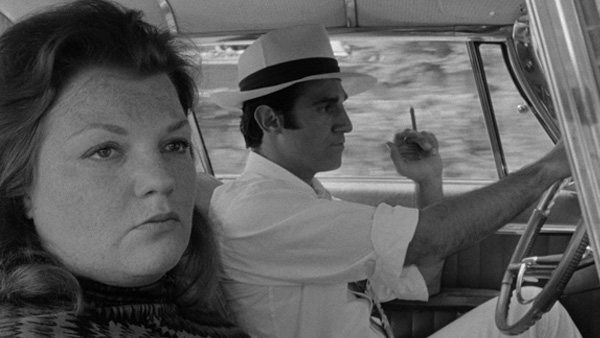
Raymond (Tony Lo Bianco), a sleazy yet charming con-man involves Martha (Shirley Stoler), a bitter nurse, in his schemes to cheat wealthy single women. As Ray and Martha become romantically involved, the schemes become dangerous and violent. The film was written and directed by Leonard Kastle, which surprisingly was the only piece of cinema he ever wrote/directed/or worked on. When asked why he hadn’t worked on anything else after The Honeymoon Killers, he replied “I have six or seven screenplays, and maybe something will happen. But one thing I can always say—and not every director can say this—I never made a bad film after ‘Honeymoon Killers’”.
Producer Warren Steibel initially hired Martin Scorsese to direct the film, but he was fired from the project for working too slowly. Scorsese later commented that he had “been fired with pretty good reason…It was a 200-page script and I was shooting everything in master shots with no coverage”. Having said that, they decided to keep a few shots Scorsese filmed in the final cut.
Kastle really excels in directing this crime thriller as he shows the true gritty nature of murder with intent, combined with a twisted, manipulative relationship running throughout the movie. Kastle was inspired by the classic “killer couple” film, Bonnie and Clyde, but not for the obvious reasons. He was “revolted” by how Penn’s film was filled with beautiful shots of beautiful people. Instead, he wanted to put the true disgusting reality of crime up on the screen. In result, the two main characters in the film, are nothing like Warren Beatty and Faye Dunaway’s charismatic and good-looking characters in Bonnie. Instead, Tony Lo Bianco’s character wears a toupee throughout the film and Shirley Stoler’s character is obese. When talking about the film’s aim, Steibel said: “We wanted to do an honest movie about murderers. These are not charming people. They are sleazy people—but fascinating. You won’t come out of the theatre feeling sorry for the killers like in some movies. It is not romanticized.”
The film is loosely based on “The Lonely Hearts Killers”, a couple with the same names from the film suspected of having killed up to twenty victims during a spree between 1947 and 1949. As the film progresses, Ray and Martha’s crimes become more serious, the film begins to feel more dangerous, the audience starts to see more violence, it builds and builds and delivers.
7. The Boston Strangler (Richard Fleischer, 1968)
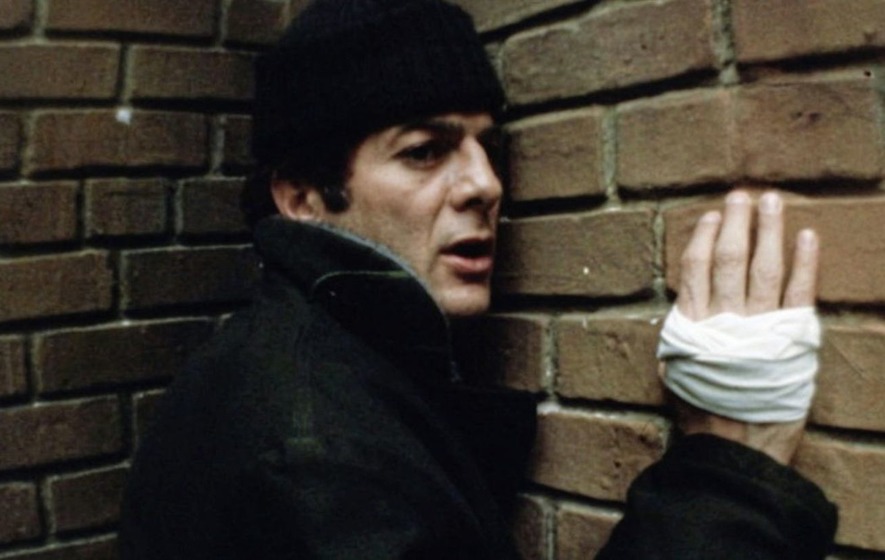
Richard Fleischer directs this suspenseful thriller about the real-life brutal murders that occurred in Boston in the early to mid 60s. As women in Boston start turning up dead, the police department start an investigation led by John Bottomly (Henry Fonda). Due to some evidence, Bottomly arrests the suspect, Albert DeSalvo (Tony Curtis), who denies being the murderer. The police begin using drastic measures to get him to confess, such as pressured interrogation, hypnosis, and interviews with the only survivor (Sally Kellerman). The script was written by Edward Anhalt and was based on Gerold Frank’s 1966 book of the same name.
Richard Fleischer took on the project as director after the film rights to Frank’s book were bought for $250,000. Fleischer is a very fascinating director as his filmography spans four decades, beginning in the Golden Age of Hollywood and ending in the late 80s. Starting with B-movies, he then was given the chance to direct certain tentpole big-budget films such as Fantastic Voyage, 20,000 Leagues Under the Sea, Doctor Dolittle and Tora! Tora! Tora! In the 70’s he entered the world of exploitation, directing films which now hold a lot of cult status such as The Don Is Dead, Mandingo, Mr. Majestyk, Soylent Green, as well as popular mainstream films in the 80s like Conan the Destroyer and Red Sonja.
The film was met with mixed reviews at the time of its release, as well as a lack of support in its production. The people of Boston, as well as the police, didn’t want to be involved or help with the filming of the project as they felt it would be immoral as the case hadn’t been solved. In the same vein, Roger Ebert criticized the film’s content, “The Boston Strangler requires a judgment not only on the quality of the film (very good), but also on its moral and ethical implications…. The events described in Frank’s book have been altered considerably in the film. This is essentially a work of fiction ‘based’ on the real events. And based on them in such a way to entertain us, which it does, but for the wrong reasons, I believe. This film, which was made so well, should not have been made at all”. Decades after its release, the film has now gained cult film status and remains an excellent example of 60’s cinema, especially because of its flaws and it’s filmmaking. Fleischer uses many technical styles such as POV, shock edits, split screen, image distortion and many more to create a thrilling and at times, suspenseful drama which definitely delivers.
8. Alice’s Restaurant (Arthur Penn, 1969)
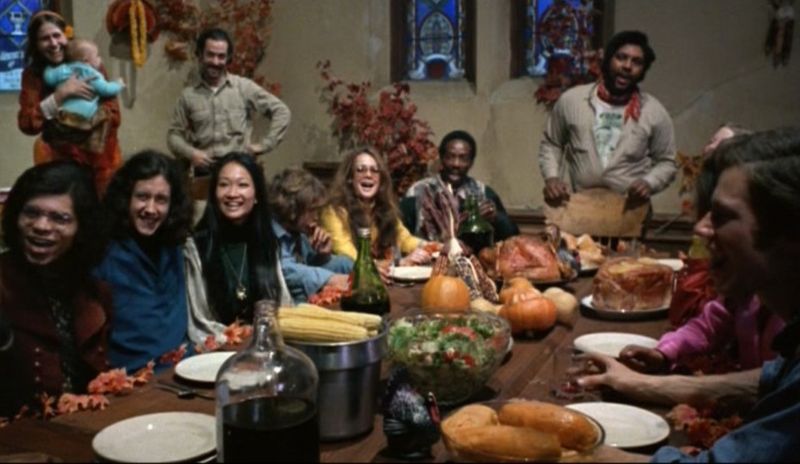
Based on Arlo Guthrie’s talking-blues 18-minute song, Alice’s Restaurant Massacre, Arlo plays himself visiting his friend Alice (Pat Quinn) for Thanksgiving dinner. After a delicious meal “that couldn’t be beat”, Arlo decides to help out by taking a large amount of trash to the dump, but is surprised to find it closed for the holiday, so he dumps the trash in the bottom of a ravine. When he gets caught for littering, a strange and bizarre journey begins for Arlo that leads him getting drafted for the Vietnam war. Penn co-wrote the screenplay with Venable Herndon after hearing the song, shortly after directing Bonnie & Clyde.
Many of the real-life people involved with the storylines of the song appeared in the film, some even playing themselves. Although being played by Patricia Quinn, the real Alice makes several cameos throughout the film. Stockbridge police chief William Obanhein (“Officer Obie”) plays himself, as well as Judge James E. Hannon, who presided over the littering trial. Many of Guthrie’s friends and associates made appearances in the film as extras. To deliver authenticity, Penn spent time living among Guthrie and his friends to grasp their lifestyle.
In 1971, Arthur Penn said of the film: “What I tried to deal with is the US’s silence and how we can best respond to that silence. … I wanted to show that the US is a country paralyzed by fear, that people were afraid of losing all they hold dear to them. It’s the new generation that’s trying to save everything”.
Beyond its comedy, the film as well as the song, is about the young generation of the late 60s and their turbulent place in America; “Keep America pretty. Cut your hair” a billboard in the film reads. Similarly, to Easy Rider, the film acts as a port hole view into the counterculture of the late 60s, showing the drastic segregation in culture due to differing generations. But what makes Alice’s Restaurant unique, is that although Penn is commenting and critiquing America, his attitude always remains optimistic, dreaming of a world that exists in-between the culture clash.
9. Model Shop (Jacques Demy, 1969)
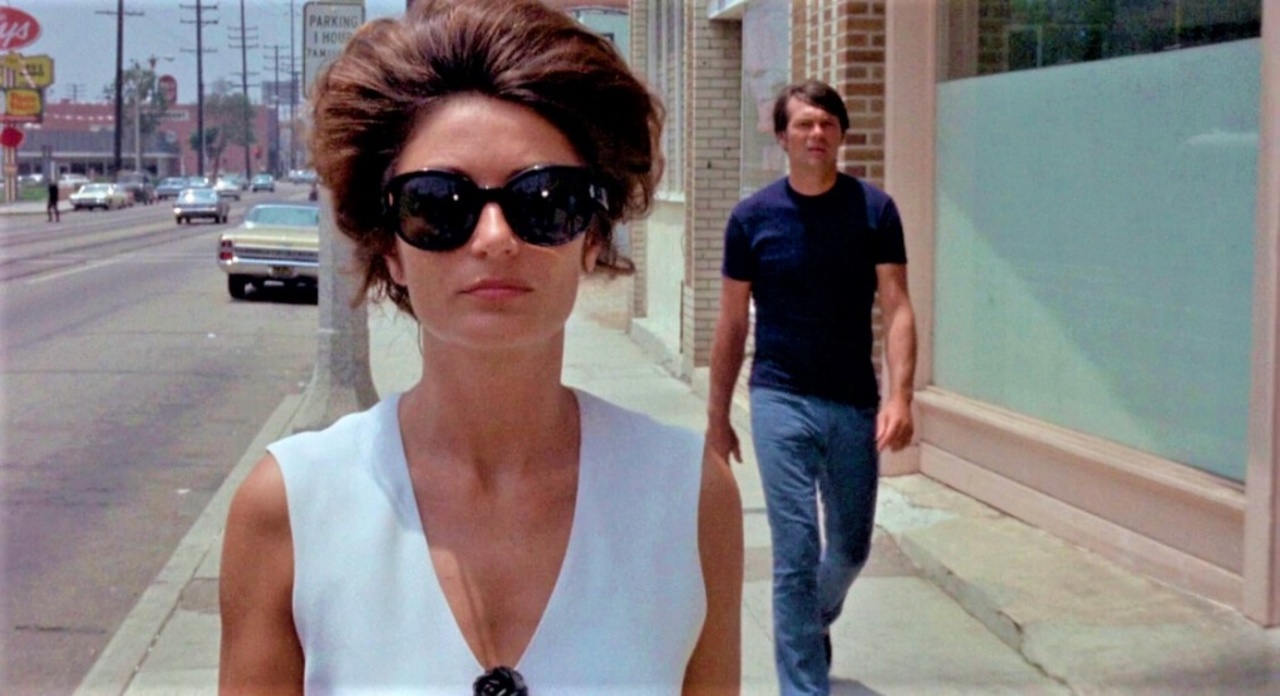
Gary Lockwood stars as George, a young, broke and unemployed architect about to be drafted to Vietnam. His life changes when he suddenly falls in love with a French divorcee, Cecile (Anouk Aimée) after only seeing her for a few minutes. George begins a voyage through 60’s Los Angeles in attempt to find her. Written and directed by Jacques Demy, the film is his first English language film after the international success of his 1964 hit film, The Umbrellas of Cherbourg.
One of the most important aspects of the film is its location. “I fell in love with LA. I just have to make a film. It’s so marvellous…I learned the city by driving – from one end of Sunset to the other, down Western all the way to Long Beach. LA has the perfect proportions for film. It fits the frame perfectly”, Demy told the Los Angeles Times. Demy wanted Model Shop to be “Los Angeles, 1968 – like Rossellini’s Europa ’51”, a film in which the location of Rome is just as important as the storyline.
Like William Holden’s character in the beginning of Sunset Blvd, George too is on the verge of having his car repossessed. Lockwood delivers a heartfelt performance as the down-on-his-luck George, as you can truly see a bitter sadness he attempts to hide, as he flounders aimlessly around L.A. An unknown Harrison Ford was initially cast for George, but when Columbia Pictures chose against it, Demy decided to go with Lockwood after seeing him in 2001: Space Odyssey.
Although Demy himself was unhappy with what Columbia did with Model Shop, many critics such as Adrian Martin and Jonathan Rosenbaum view the film as critically underrated and neglected, as well as being one of Demy’s best works. Mainly due to Demy’s love for Rossellini, the film holds many neo-realism qualities yet in an American setting. It’s a dramatic but romantic look into these character’s lives. It’s tragic, beautiful and melancholic.
10. The Born Losers (Tom Laughlin, 1967)
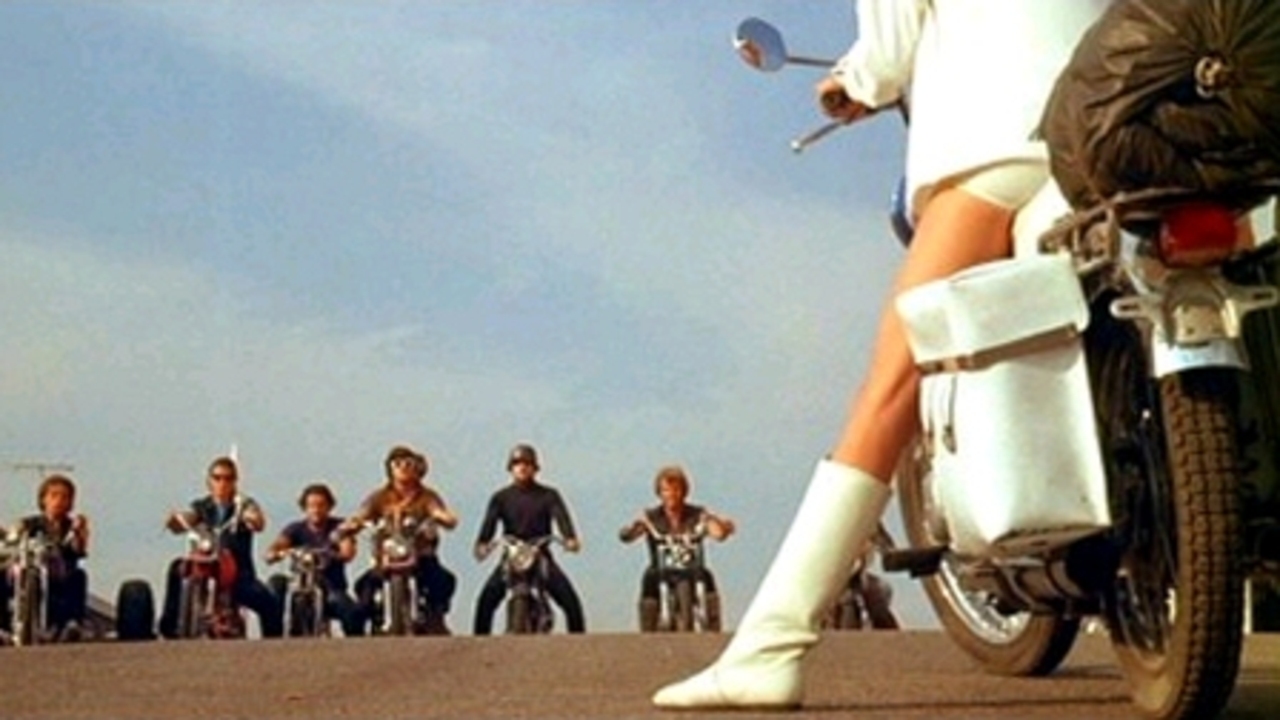
Tom Laughlin writes, directs and stars as Billy Jack, a half-Native American Green Beret Vietnam veteran who rejects society and shelters in the peaceful bliss of the California Central Coast mountains. But his peaceful solitude is disrupted when a ruthless, violent motorcycle gang enter town and being harassing and hurting the residents. Intimidating the people of the town, no one has the will or want to fight them back and restore the peace…Apart from Billy Jack.
The film’s origins date back to 1954, as Laughlin had been trying to produce his Billy Jack script about Native American discrimination. With the rise of motorcycle-gang movies in the 60s, such as Hells Angels on Wheels, The Glory Stompers, Motorpsycho! The Wild Angels and many more, Laughlin wrote the character of Billy Jack into a motorcycle gang script. The story was based on a real incident in ’64, where members of the Hells Angels were arrested for raping two teenage girls in Monterey, California.
Although receiving negative reviews upon its release, the film has now gain cult status and is praised for its filmmaking. Laughlin followed the The Born Losers with more films involving the character of Billy Jack such as Billy Jack, The Trial of Billy Jack, Billy Jack Goes to Washington and The Return of Billy Jack.